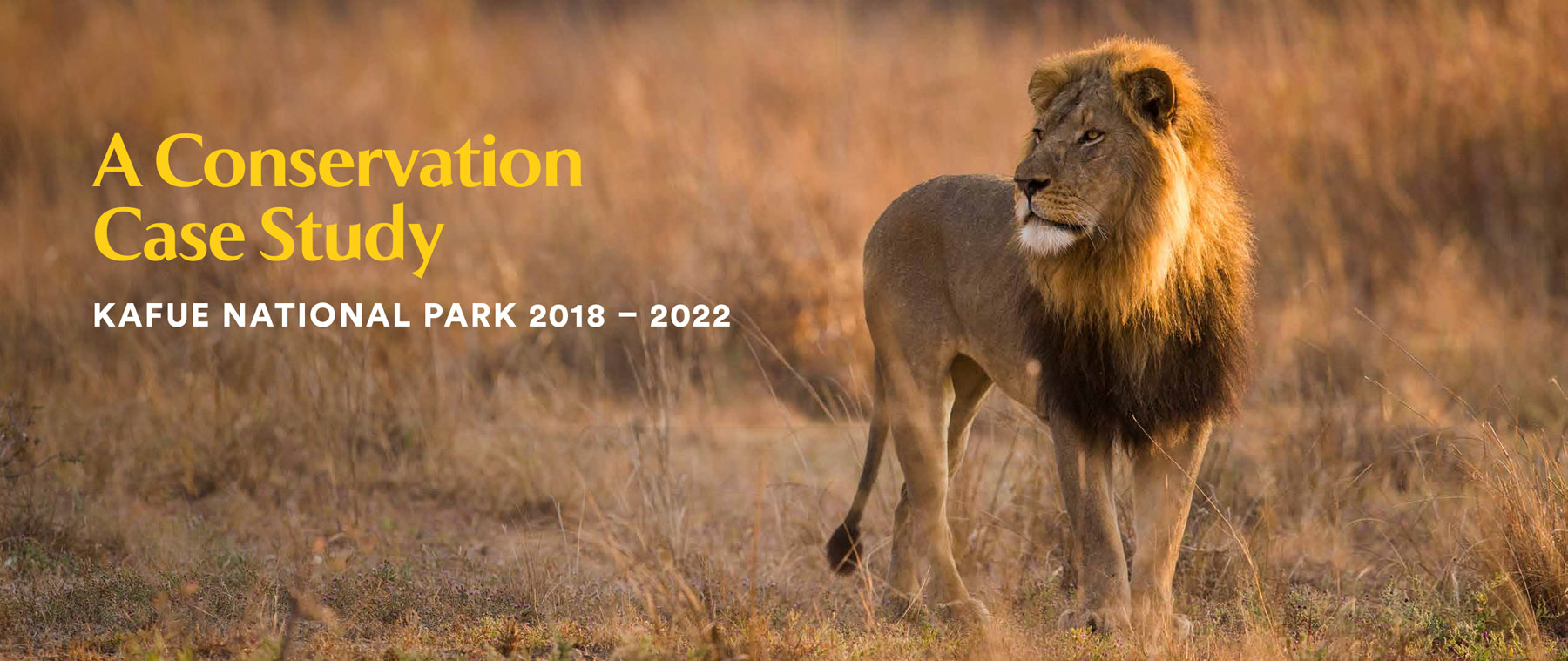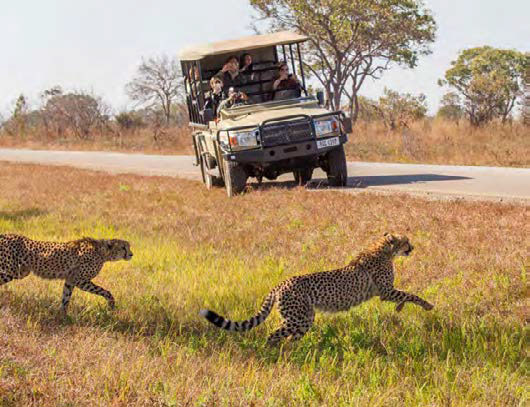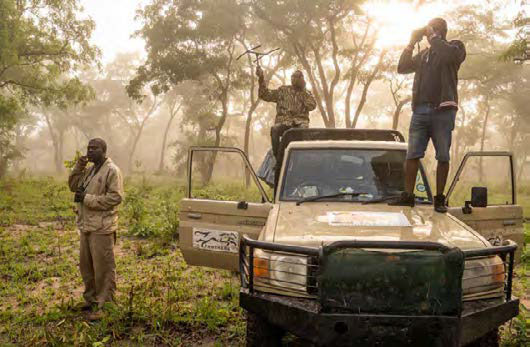Zambian coalition brings disruptive innovation to the conservation of Kafue National Park
- Kafue National Park, the crown jewel of Zambia’s national parks, faces unprecedented poaching and habitat degradation.
- Led by the state Department of National Parks and Wildlife, a team of six NGOs collaborated over a four plus year period to halt declines and enable recovery in megafauna populations.
- Through the adoption of cutting-edge technologies and methodologies, the partners combined their unique skills for the benefit of lions and leopards as key species in the park and indicators and umbrella species for other wildlife.
- Panthera offers this case study as a new blueprint for protecting large unfenced protected areas throughout Africa.
Nestled within the expansive ~66,000 km2 Greater Kafue Ecosystem, Kafue National Park spans an impressive 22,400 km2 and is a prime example of conservation and preservation. The Park is home to a powerful population of over 200 lions, a robust population of leopards, Zambia’s largest cheetah population, and roughly 4,800 elephants. In 2018, the Zambian Department of National Parks and Wildlife (DNPW) leveraged cooperation from its conservation partners, Game Rangers International (GRI), Musekese Conservation, Panthera, Wildlife Crime Prevention (WCP), the Zambian Carnivore Programme (ZCP), and later in 2021 African Parks, to coordinate and integrate the capabilities of each partner, and to achieve a result more significant than the sum of the parts.
The collaboration employed advanced information and monitoring technologies, including the Spatial Monitoring and Reporting Tool (SMART), to centralize information on field patrol routes and observations and to provide critical input into monthly planning and coordination in the Park.
Five intensive protection zones, where apex predators are most likely to be found, covering 50% of the Park allowed source predator and prey populations to be relieved of the intensity of poaching and other threats. Using advanced field techniques to monitor the populations and densities of leopards and lions, acting as key indicator species of landscape biodiversity, the case study presents the objective and science-based outcomes of the partners’ efforts.
“We believe the Kafue Case Study provides a roadmap for the next generation conservation of lions, leopards and cheetahs.”
Fred Launay, Ph.D.
President and CEO of Panthera
Remarkably, indicated trends in lion and leopard populations were accomplished with an annual investment far below the assumed standard for preserving wildlife health. The $211 per square kilometer total investment in law enforcement and related activities in the peak year 2021, which was a doubling of the average of the study period years of 2018- 2020, was far less than $1,000-2,000 per km2 frequently referenced. However, the study partners readily admit a greater annual investment is needed to sustain and accelerate results, including better protection for the entire Park and surrounding Game Management Areas (GMAs).
“Working closely with other like-minded organizations under the leadership of DNPW is a most gratifying conservation experience,” remarked Kim Overton-Young, Ph.D., Director of KAZA programs and program lead for Panthera in Kafue. “Collectively, we achieved these results while advancing relationships with communities surrounding the park as active and important conservation partners in the Greater Kafue Ecosystem.”
Fred Launay, Ph.D., President and CEO of Panthera, added, “We believe the Kafue Case Study provides a roadmap for the next generation conservation of lions, leopards and cheetahs. The investment impact and productivity that comes from this advanced approach with accurate population counts points to how the impact of conservation dollars can be both amplified and stretched further in protecting the iconic cats of Africa, and indeed worldwide.”
Learn about Panthera Zambia »





